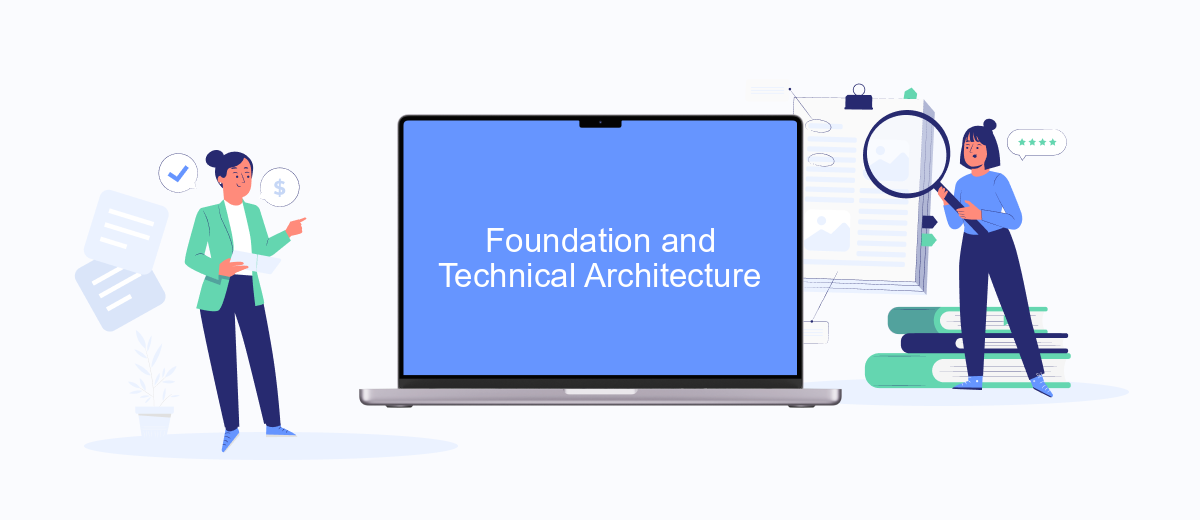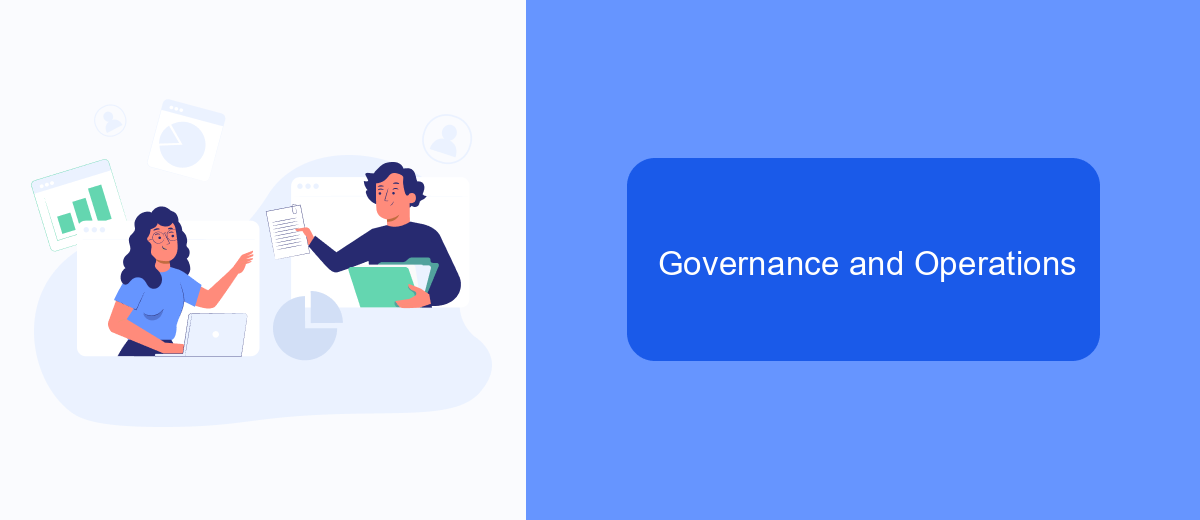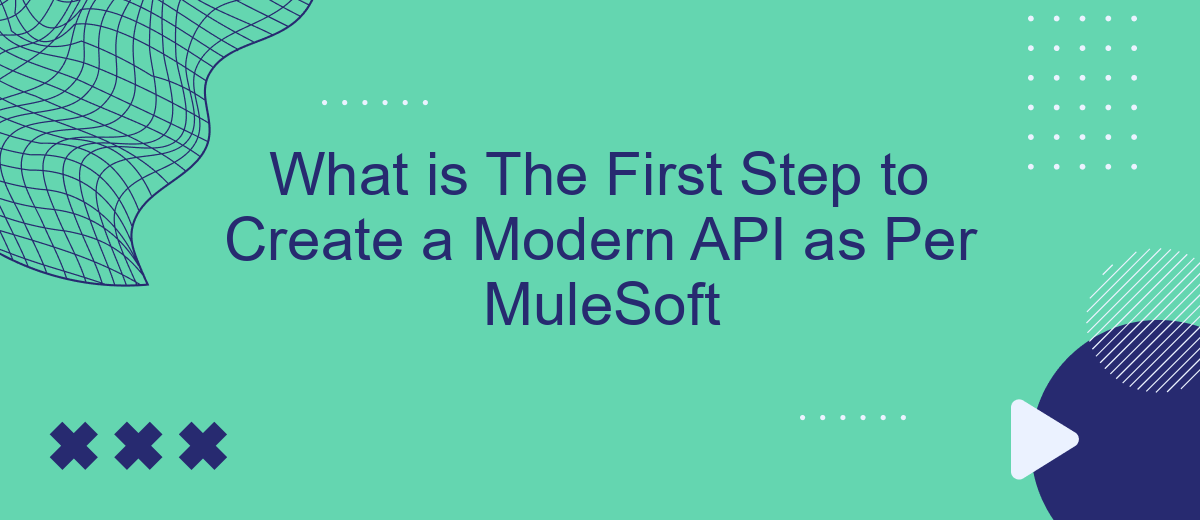Creating a modern API is essential for seamless integration and efficient data exchange in today's digital landscape. According to MuleSoft, the first step in this process is defining the API's purpose and requirements. This foundational step ensures that the API will meet business needs and technical constraints, setting the stage for a successful implementation and adoption.
API Vision and Goals
Creating a modern API involves setting a clear vision and defining specific goals to guide its development. The vision should encapsulate the overall purpose and long-term objectives of the API, ensuring it aligns with the broader business strategy. This vision acts as a north star, helping stakeholders understand the API's value and direction.
- Enhance interoperability between different systems and applications.
- Improve scalability and performance to handle growing user demands.
- Ensure robust security measures to protect sensitive data.
- Facilitate seamless integration with third-party services like SaveMyLeads.
- Provide comprehensive documentation and support for developers.
By setting these goals, organizations can create APIs that not only meet current needs but are also adaptable to future requirements. Integrating services like SaveMyLeads can streamline the process, enabling smooth data transfers and automating workflows. This strategic approach ensures the API remains a valuable asset that drives innovation and efficiency across the enterprise.
Design Principles and Conventions

When designing a modern API, adhering to established design principles and conventions is crucial for ensuring consistency, scalability, and ease of integration. Key principles include using RESTful architecture, which leverages standard HTTP methods and status codes, and ensuring statelessness, where each request from a client contains all the information needed to process the request. Additionally, APIs should be designed with a focus on resource-based URLs, clear versioning, and comprehensive documentation to facilitate smooth interactions and maintenance.
Conventions such as consistent naming schemes, proper use of HTTP headers, and employing JSON or XML for data interchange are also important. Tools like SaveMyLeads can be instrumental in this process by automating and simplifying the integration of APIs with various services, ensuring seamless data flow and reducing manual efforts. By following these principles and utilizing helpful services, developers can create robust and user-friendly APIs that meet modern standards and business needs.
Foundation and Technical Architecture

Establishing a strong foundation and technical architecture is crucial when creating a modern API with MuleSoft. This involves ensuring that the core principles of API design, such as scalability, security, and maintainability, are adhered to from the outset. A well-structured architecture not only supports current requirements but is also flexible enough to accommodate future needs.
- Define clear API specifications and documentation using tools like RAML or OpenAPI.
- Implement robust security measures, including OAuth2 and JWT, to protect your API.
- Utilize API gateways and proxies to manage traffic and enforce policies.
- Set up monitoring and analytics to track API performance and usage.
- Consider integration services like SaveMyLeads to streamline the connection between various applications and data sources.
By following these steps, you lay down a solid groundwork that ensures your API is not only functional but also optimized for performance and security. Leveraging tools and services such as SaveMyLeads can significantly reduce the complexity of integrating different systems, allowing you to focus on enhancing the core capabilities of your API.
Governance and Operations

Effective governance and operations are critical in ensuring the success and sustainability of modern APIs. Establishing clear policies and procedures helps maintain consistency, security, and compliance across all API interactions. This involves setting up proper access controls, monitoring mechanisms, and documentation standards to guide developers and stakeholders.
Operational efficiency can be significantly enhanced by leveraging tools and services that automate and streamline various aspects of API management. For instance, SaveMyLeads is a service that facilitates seamless integration by automating data transfer between different platforms, reducing manual effort and minimizing errors.
- Define and enforce API usage policies
- Implement robust access control mechanisms
- Utilize monitoring tools for real-time insights
- Automate data integration with services like SaveMyLeads
- Maintain comprehensive API documentation
By focusing on governance and operations, organizations can ensure that their APIs remain reliable, secure, and scalable. This not only improves developer experience but also fosters trust and collaboration among all stakeholders involved in the API ecosystem.
Continuous Learning and Improvement
Continuous learning and improvement are critical to maintaining a modern API as per MuleSoft's best practices. Staying updated with the latest technologies, standards, and methodologies ensures that your API remains efficient, secure, and scalable. Regularly attending webinars, participating in developer communities, and reading industry-related articles are excellent ways to stay informed. Additionally, investing in training and certifications can equip your team with the necessary skills to innovate and adapt to new challenges.
Furthermore, leveraging tools and services like SaveMyLeads can significantly streamline the process of integrating various applications and automating workflows. By automating repetitive tasks and ensuring seamless data flow between systems, SaveMyLeads allows developers to focus on more strategic initiatives. Continuous monitoring and feedback loops are also essential, enabling you to identify areas for improvement and implement changes swiftly. This proactive approach not only enhances the performance and reliability of your API but also ensures it meets the evolving needs of your users.


FAQ
What is the first step to create a modern API as per MuleSoft?
Why is it important to design the API before development?
How can I automate the integration of data from different sources into my API?
What are some best practices for API security during the design phase?
How do I ensure my API is scalable and can handle increased load?
Would you like your employees to receive real-time data on new Facebook leads, and automatically send a welcome email or SMS to users who have responded to your social media ad? All this and more can be implemented using the SaveMyLeads system. Connect the necessary services to your Facebook advertising account and automate data transfer and routine work. Let your employees focus on what really matters, rather than wasting time manually transferring data or sending out template emails.
